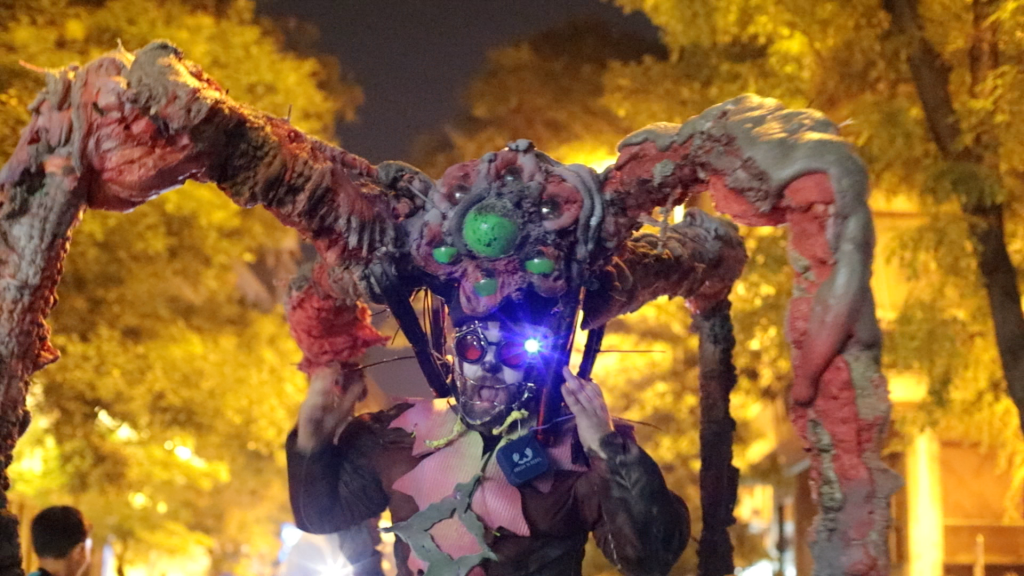ABOUT
Kostis Stafylakis
The short story:
Kostis Stafylakis (b. 1977, Athens, GR) is a visual artist, art theorist and curator with a PhD in political science from Panteion University, Athens. He graduated from the Athens School of Fine Arts and he also holds an MA in Art Theory and an MA in Continental Philosophy from the University of Essex. Stafylakis produces art, theory, and curating that responds to social phenomena through the mimetic re-working of social reality. He experiments with how mimetic adaptation can accommodate ambivalence, impurity, and dissent. His recent solo show was ‘Chloroquine Juggalo’ at KEIV Athens (2021). His artistic activity, solo or in duet with artist Vana Kostayola, includes participations at Bless’ed Curse by soloshow.online (2021), Toxicfest at Tick Tack Antwerpen (2021), Enter: New Commissions by Onassis Foundation (2020), Kultursymposium Weimar (2019), the “Festival of Democracy” of Geneva (2017), Waiting for the Barbarians by Athens Biennale (2017), “Omonoia” 5th Athens Biennale (2016), Enjoy your State of Emergency at NGBK, Berlin (2015), 1st NSK Biennial of Folk Art (2014), Hell as Pavillion at Palais de Tokyo (2013), Truth is Concrete by Steirischer Herbst at Graz (2012), Monodrome 3rd Athens Biennale (2011), Media Impact at the 4th Moscow Biennial (2011). He was co-curator of the 6th Athens Biennale ANTI, the 4th Athens Biennale AGORA, Weasel Dance at Goethe-Institut Athen, and more. He has curated various shows, such as “Fuyuhiko Takata” at ViZ Laboratory for Visual Culture and “A politics of lies” at Circuits & Currents (2016). He has published various essays on the junction of contemporary art with the Political, in anthologies and journals. He has been Artistic Director of ViZ Laboratory for Visual Culture. He has taught Research-based Art, art theory and contemporary art at the Athens School of Fine Arts and the University of Patras. He has been a post-doc researcher at ASFA and Aristotle University of Thessaloniki. He currently teaches at the Future Art Education program by Lab12/ASFA and the post-graduate program of the Department of Fine and Applied Arts, University of Western Macedonia.
Contact: [email protected]
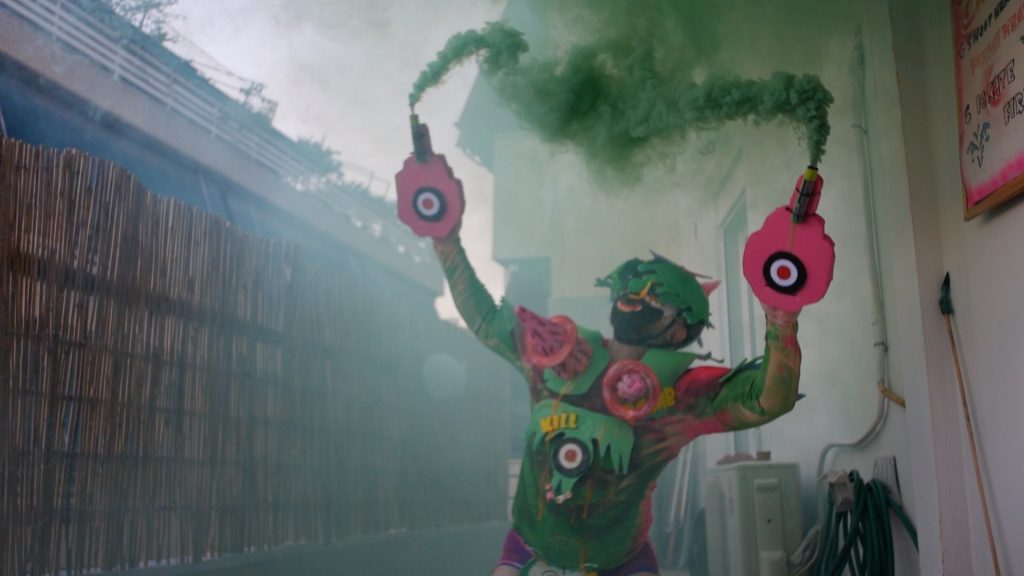
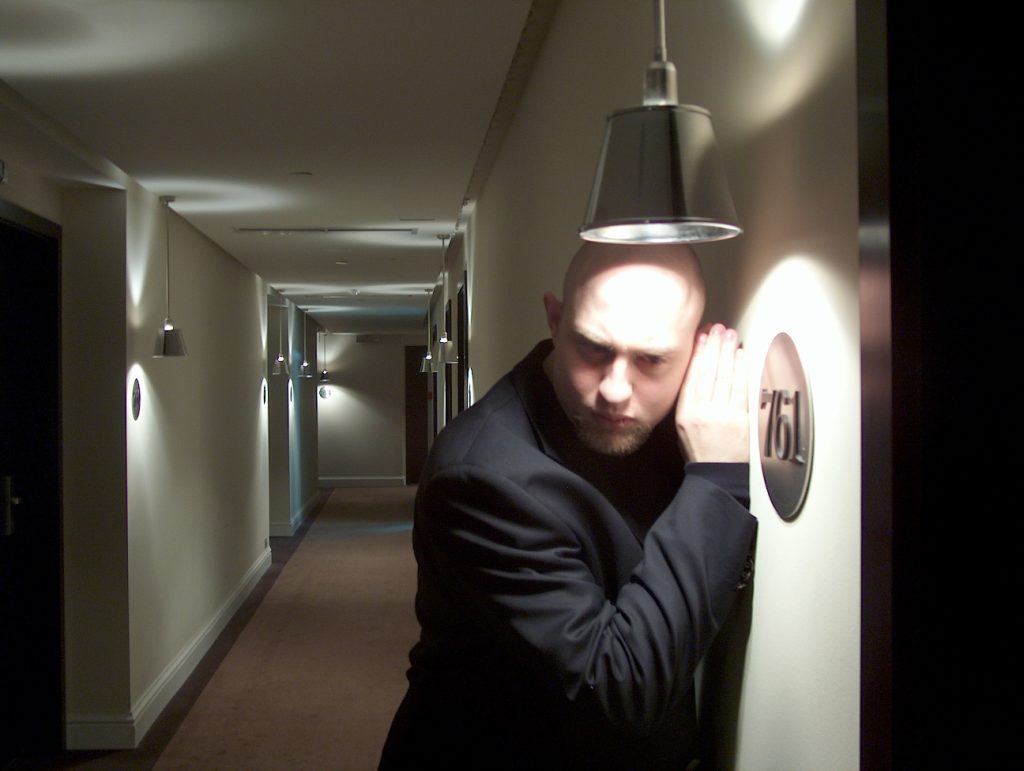
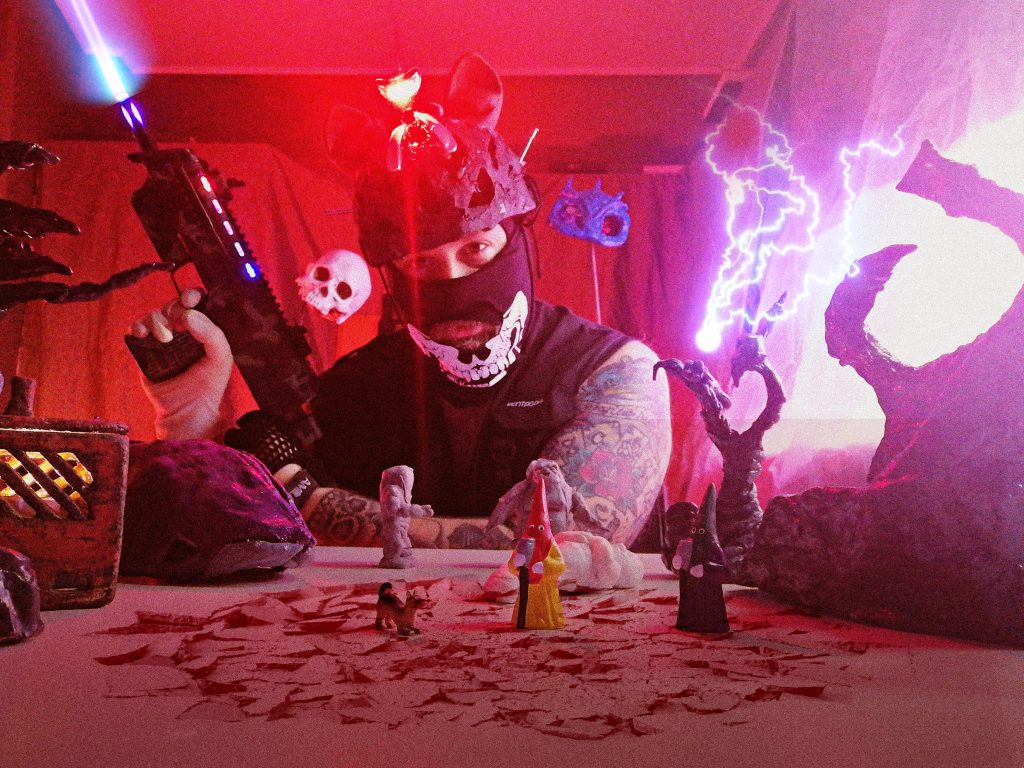
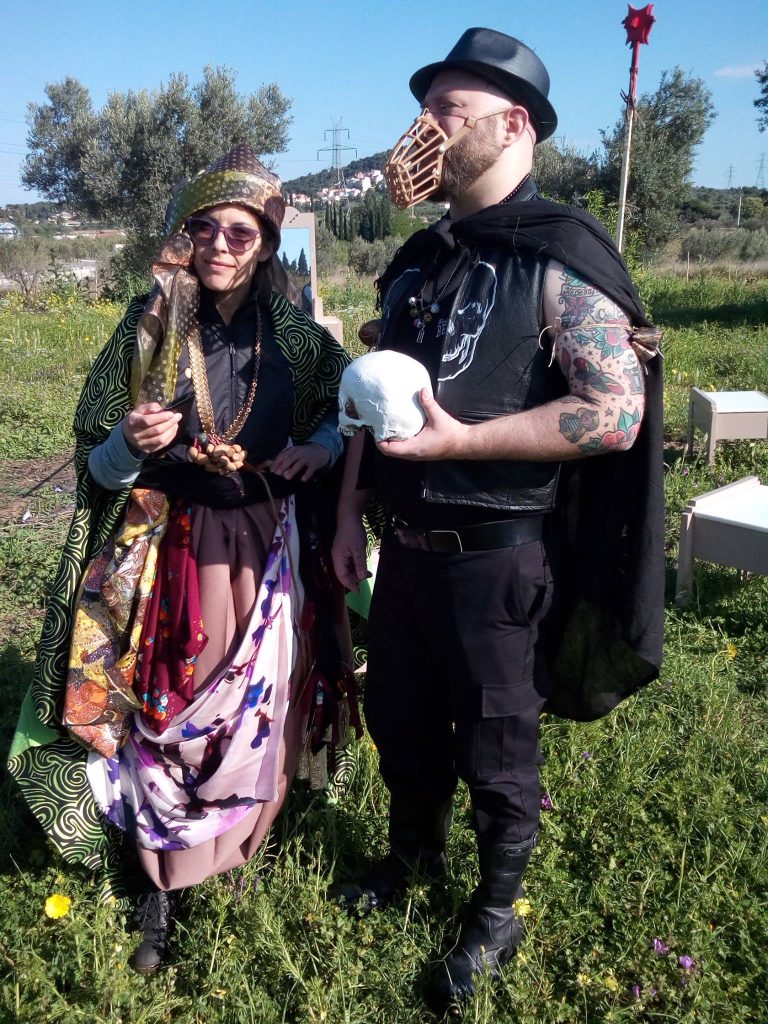
The not so short story:
Kostis Stafylakis produces art, theory, and curating that responds to social phenomena through the mimetic re-working of social reality. Throughout the mid ‘00s and up until the turn to our new decade, Stafylakis experimented with how mimetic adaptation can produce entanglement that can accommodate ambivalence, dissent, impurity, digression. His art projects, writings, and curatorials are often pathways to additional trouble, mutual misrecognition and upset. Working solo, or as KavecS with artist Vana Kostayola, his early projects built on the legacies of tactical media and subversive affirmation to navigate through the post-2004 social framework of gradual collapse, discomfort, impoverishment and fugitive chimeras. These projects often took the shape of absurdist mimicries of academic conferences, companies, services, agencies, and fringe political movements. In 2006, at her postgrad show at Goldsmiths, Kostayola organized a mock-conference (Rematerializing Aesthetics) mimicking the “Neuro-aesthetics” conference previously held at the same auditorium. It was there that KavecS (Kostayola and Stafylakis) started to exist.
Their early projects reflected on the rise and fall of a frivolous entrepreneurial middle class that emerged in the late 90s-early 00s Greece. This new social substrate combined executive performance with alternative lifestyle, blending “oriental wisdom” with corporate identity. “Team Building” (2006) was the simulation of a company offering team-building services to other companies, while “Rebirth Therapy Group” (2007) simulated an avant-garde team of new-age therapists promising to improve corporate life and performance. In early 2010s, Stafylakis published a variety of texts that reconfigured the notion of overidentification to match the way artistic strategies can respond to the ideological atmosphere of Greece’s financial and social crisis. By reinterpreting overidentification less as avant-gardist subversion and more like symptomal entanglement, his writings, curatorials, and art projects prompted a debate on how unsettling mimesis can perhaps help us navigate through a grim reality that nurtured nationalistic self-victimization, horizontal neo-patriotism, overt and latent anti-Semitism, conspiracy theories, neo-conservatism – a variety of reactionary phantoms that superseded any official divide between the political representation of progress and regress.

In the aftermath of the 2008 social uprising, that was triggered by the murder of the young Alexis Grigoropoulos by a police officer, and signalled the start of an immense crisis, Stafylakis and Kostayola noticed the sudden, yet disguised, emergence of radicalist groups belonging to the fringe space known as Third-Positionism (Autonomous Nationalism, Radical Traditionalism, National Anarchism and so on). Around 2009, KavecS started working on the Black Circle project: an awkward and alerting simulation of local Third-Positionist groups that appeared to propagate crypto-fascist ideas either on the blogosphere or through actual street activism. By drawing on the online material that was discovered at the webpages of groups such as the Black Lily, KavecS produced a variety of performances that mimicked the style of their discourse, online aesthetics, and masculinist posture. These post-digital performances, spanning from online research to physical declarations, were rants mimicking the eclectic and, eventually, poisonous content of these masqueraded right-wing extremists. As such, they alerted students, artists, and activists to the existence of these disguised radicalist fractions. At the time, Stafylakis and Kostayola had no concrete idea, but a premonition, that such ideological tendencies would grow big, infiltrate other social movements, and eventually become a pillar of what nowadays corresponds to the International Alt-Right. The messianic tonality of these rants was inspired by Peter Mlakar’s (NSK State’s philosopher) discursive performances. The Black Circle project started to unfurl as a SAGA, with alternate setups hosted by events and shows such as the Media Impact: festival of activist art at the 4th Moscow Biennial, the “Truth is Concrete” marathon by Steirischer Herbst, the Hell as Pavilion show at Palais de Tokyo, and various festivals across Europe. In a lecture delivered at the Autonomous University of the 7th Berlin Biennale, Stafylakis discussed the neo-patriotic sentiments of the Greek aganaktismenoi (the Greek version of the indignados). Concurrently, the work Threnodies, debuting at the 3rd Athens Biennale, tried to depict various neo-reactionary positionalities in Greece’s new social radicalism. Similarly, the “Nocturnal Assembly” was a video filmed at the stage of St Gervais theatre (Geneva), presenting an absurdist re-enactment of a general assembly by aganaktismenoi. The characters improvised on excerpts from online transcripts of actual assemblies by aganaktismenoi on Syntagma Square. In 2011, Stafylakis debuted his curatorial work with To the limits of togetherness show, debating the fetishization of the idea of community by all kinds of social initiatives and activist experiments. The show caused heated debates and polarizations in the Greek art world.
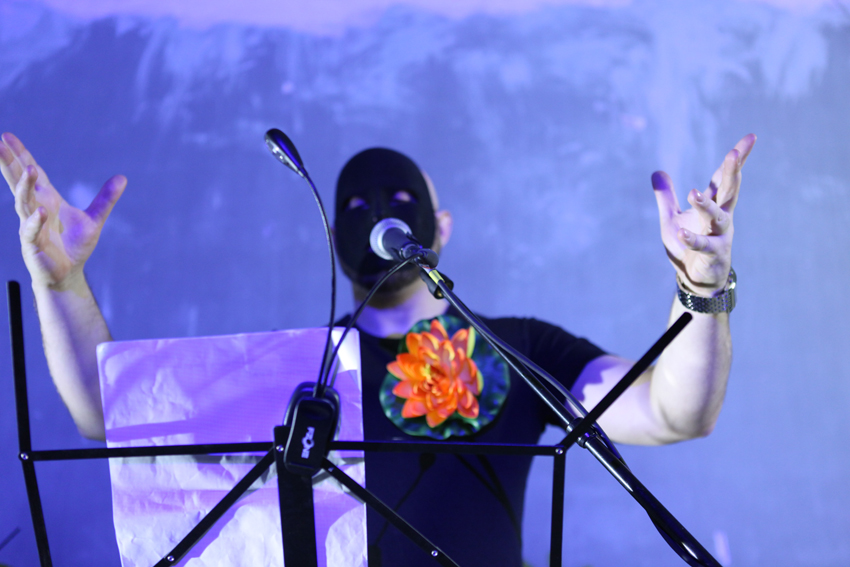
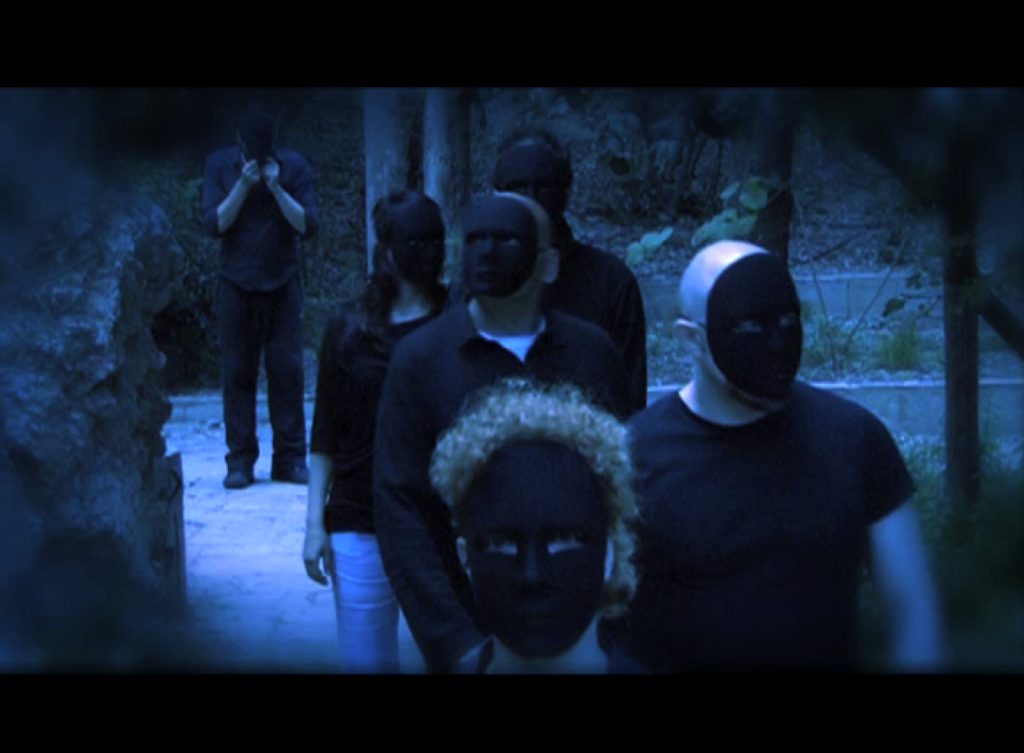
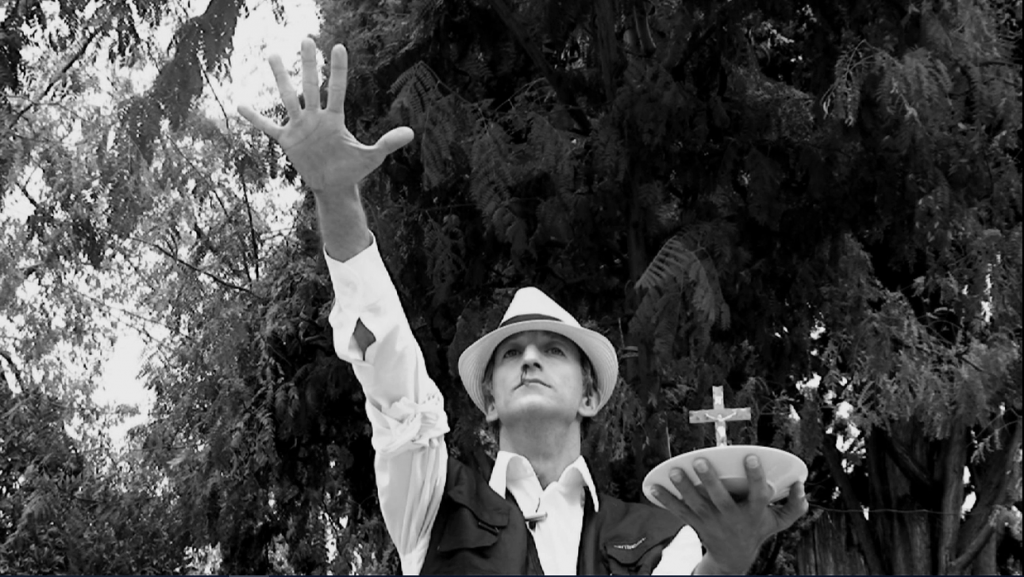
In the hallway of the 3rd Athens Biennale (2011), Kostayola & Stafylakis installed the Bay-O-Bam Agency, a pop-up organization purported to assist future Greek migrants to obtain labor visa for Australia. Mimicking state programs of monitored migration to Australia, the Bay-O-Bam Agency was intended to contradict the humanist/humanitarian impulse of helpful artistic activism (or NGO art) gaining ground since the start of the financial crisis. In a similar fashion, in 2015, Stafylakis & Kostayola presented ORMeBa, a fictitious organization applying methods of “humanistic psychology” and “participatory art” on Balkan populations traumatized by civil war.
In 2010, Stafylakis began to participate in various activities by the NSK State. In collaboration with lacanian political theorist Yannis Stavrakakis, he spoke about “States of Enjoyment” at the 1st NSK Citizens Conference at Haus der Kulturen der Welt (2010). In 2014, Stafylakis & Kostayola participated in the 1st NSK Folk Art Biennial (Leipzig) with a twisted tribute to the Greek Peplum cinematography produced in the years of the military dictatorship (1967-1974). In 2013, Stafylakis participated in the curation of AGORA, the 4th Athens Biennale. His curatorial contribution included the collaboration with an emerging queer scene that challenged nationalist and traditionalist structures of Greece’s public sphere. In 2014, Stafylakis & Kostayola participated in the curation of Twisting C(r)ash alongside Madeleine Amsler and Severin Guelpa, at the Bâtiment d’Art Contemporain «Le Commun» ( Geneva). The show featured Greek and Swiss artists entertaining the fantasy that the Swiss banking System had collapsed, rogue extremist parties had taken power, while Greece was becoming a rich suburb of the European Continent, divided in cantons.
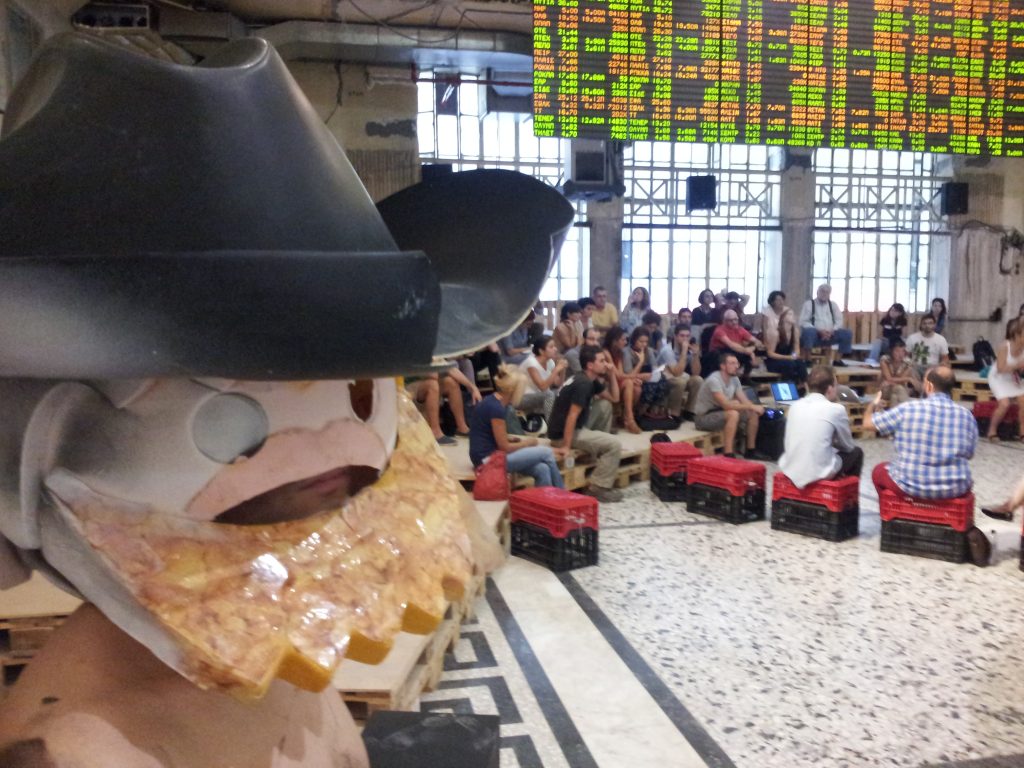
In 2016, Stafylakis collaborated with artists Panos Sklavenitis and Alexis Fidetzis in the framework of Omonoia, the 5th Athens Biennale. They organized “Puerto Rico: the opening of the Nick Boricua Museum”, a large-scale collective exercise in parafiction, hosting more than 25 participants. The project consisted in the opening of the Nick Boricua Museum in Athens, a mock-museum showcasing the life of Nikias Fokas (Nick Boricua), a (parafictional) hero of the Greek War of Independence, who served as ambassador of Greece in Spain, to become a Spanish Courtier and Administrator of the Dorado region in Puerto Rico and, eventually, instigate the anti-colonial struggle in Puerto Rico. Partly inspired by Wolfgang Schäuble’s public joke to exchange Greece’s Eurozone membership with Puerto Rico’s, the project presented a parallax of Modern Greece as Puerto Rico, tackling the orientalist myth of Greece as a “Nation of resistance”. Alongside Digenis Fashion and an ensemble of lgbtqi friends, activist Zak Kostopoulos danced to Latin music performed by the Band of the municipality of Athens. In the same year, Stafylakis curated the Politics of Lies: marathon on recent activist practices from Greece, at Circuits & Currents (Athens), showcasing Greek artists who appropriate post-truth tactics to disturb public consensus. Panos Sklavenitis, Vassilis Vlastaras and Stafylakis participated with their Facebook troll page Ai Weiwei for the Nobel Peace Prize 2016, advocating the delivery of a Nobel award to Ai Weiwei for his humanitarian “art with refugees” on Greek islands. In February 2017, Kostis Stafylakis presented the work of a new generation of Greek artists experimenting with semblance, parafiction, and mimesis (a Politics of Lies) at the College Art Association’s annual conference, at the panel “Between Conformism and Subversion: Aesthetic Strategies and the Problem of the Political in Contemporary Art”, organized by Conor McGrady and Gediminas Gasparavicius (click here, for an alternate presentation at Goethe Institut Thessaloniki).
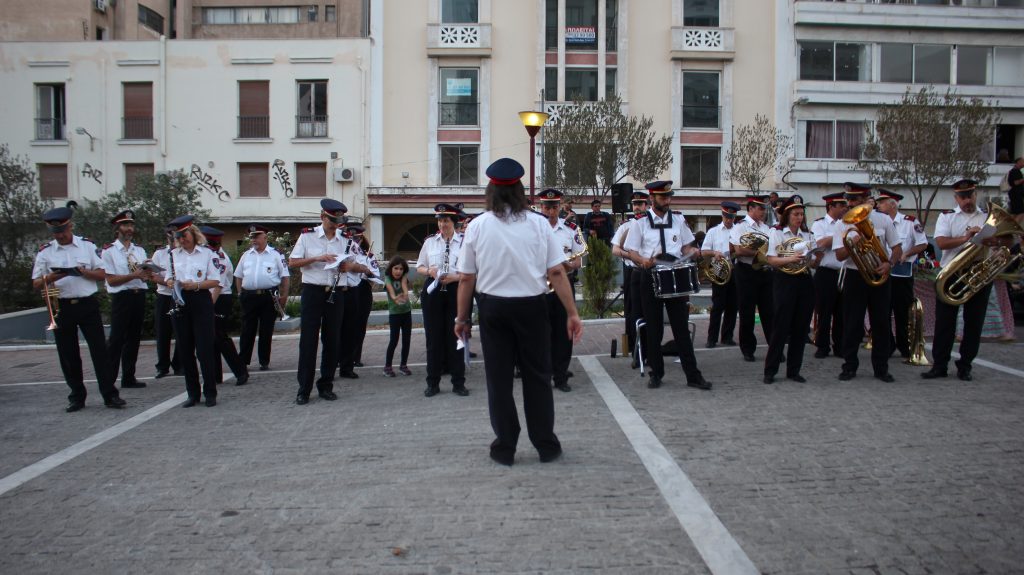
In 2017, Stafylakis co-curated “Waiting for the barbarians”, an urgent version of the Athens Biennale designed to coincide with the opening of Documenta14 in Athens. In the framework of Waiting for the barbarians, Stafylakis participated in the conception and implementation of Klassenfahrt, a collective role-playing project by an International team of artists, designed as an educational trip. Klassenfarht was the soft kidnapping of Documenta’s visitors for some alternative site-seeing activity. Attendees boarded a bus that drove them to a semi-rural outskirt of Athens. There, they encountered the village of a strange tribe. Kostayola & Stafylakis were invited to perform at the Geneva Festival of Democracy. They inhabited the yard of the City Hall of Geneva to stage an open referendum on human enhancement and transhumanist scenarios such as interventions to boost public health and strengthen Swiss soldiers. Passersby were indoctrinated by a hallucinating priest and a cringey TedX speaker. The vote was manipulated in favor of enrolling the suggested changes.
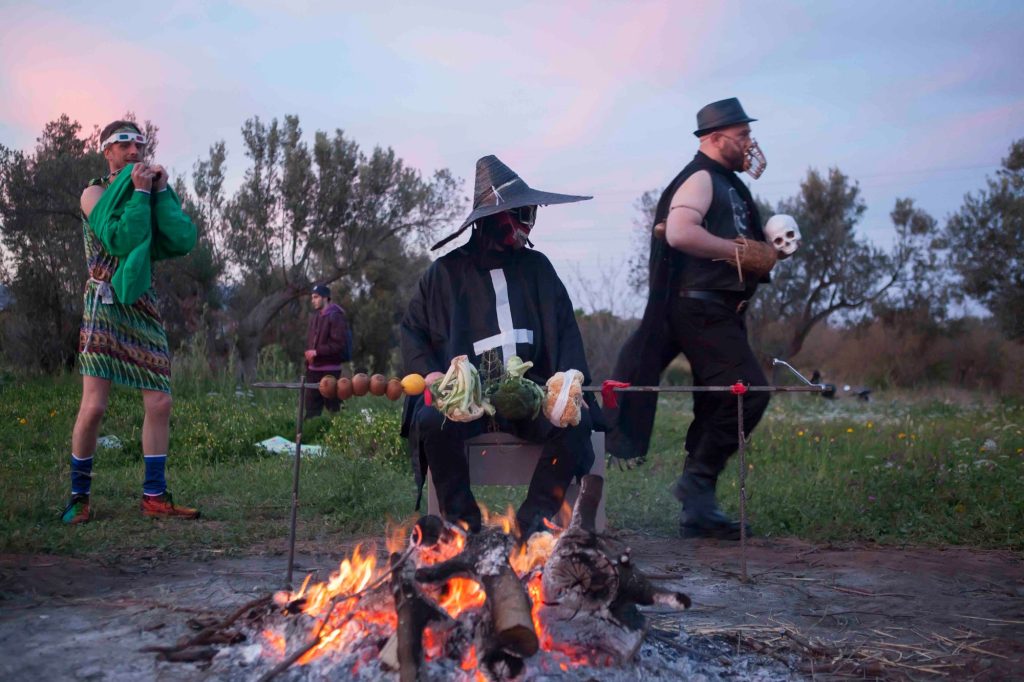
In 2018, Stafylakis co-curated ANTI, the 6th Athens Biennale, alongside Poka-Yio and Stefanie Hessler. The show hosted more than 100 international artists reflecting on the popularization of the figure of the “contrarian” in politics, culture industry, and digital culture in the age of post-truth and the Alt-Right. In late 2018, Stafylakis co-founded Most Mechanics Are Crooks, a year-long collaboration that sought to examine post-digital culture in Greece. Most Mechanics Are Crooks curated Weasel Dance: The Mimetic in the Post-Digital Predicament at Goethe Institut Athen, bringing together a number of Greek post-digital creators that address online identities, embodiment, animalism, and food. Most Mechanics Are Crooks performed their Manifesto of New Insincerity at Kultursymposium Weimar 2019, a weird ode to Xerxes and his orientalist depictions in comic books and Hollywood films.

During the late-2019 covid pandemic and the long periods of quarantines, Stafylakis developed a habit of infiltrating American subcultures online. In his recent projects, he delves into the cultures of two completely unrelated American groups: the preppers and the juggalos. His interest in the preppers (persons or groups obsessed with prepping for a doomsday) resonated with the interests of artist Theo Triantafyllidis, who was also delving into the same matters, and with artist Alexis Fidetzis. This confluence gave birth to a network of Athenian artists working on the theme of the “preppers”, resulting to the Readiness SAGA, an ongoing serialized simulation of social conflict in the U.S. The SAGA’s first episode, Notes to Readiness: Step 1 was hosted by ENTER, a show by the Onassis Foundation and Onassis USA, and took the form of a live-stream performance that resembled a Dungeons & Dragons session. Engaging with the audience through live chat, Stafylakis impersonated a game-master conducting a battle between the Preppers and the Golden Horde (the alleged criminal horde of the unprepared citizens featured in preppers’ jargon and literature). The SAGA’s second episode was Readiness The Larp by Stafylakis, Triantafyllidis and Alexis Fidetzis – a chamber Live Action Role-Playing session that was designed to narrate and foreplay the pending scenarios of an upcoming American Civil War. The players participate in a battle between the Preppers, the “Boogaloo Bois” (Civil War accelerationists flexing tactical gear and Hawaiian shirts), and the “Golden Horde”. The scenario adapts existing and fictional identities to a fantasy world inspired by salvagepunk.

The SAGA’s third episode was MUTANTS OF READINESS, by Stafylakis & Triantafyllidis featuring American artist and author Joshua Citarella. The episode was a live-streaming performance in which two preppers, PIGGO and GUSTAVE, have found shelter in an egg-shaped homestead, stored at a deserted corporate building. An AI called PASCALE controls both the preppers and their homestead through bootleg microchips on their foreheads. They receive a transmission by JAUSH (impersonated by Joshua Citarella) who trains them in warfare and evaluates their level of security and preparedness. MUTANTS OF READINESS has been an integral part of Toxicfest, the “final film festival of the anthoprocene”, curated by a network of artists working on pararreality . With Toxicfest, MUTANTS have been presented at Tick Tack Antwerpen, bsmnt gallery at Leipzig, Video Cypher at Hong Kong and Mock Jungle at Bologna. MUTANTS were also featured at Oblique Field, a Twitch event curated by Samuel Capps for Gossamer Fog. The 2nd and 3rd episodes of the Readiness SAGA took place a few months and weeks before the dramatic events at the American Capitol, forecasting the aesthetics of cosplay and online role-play in contemporary conflict.
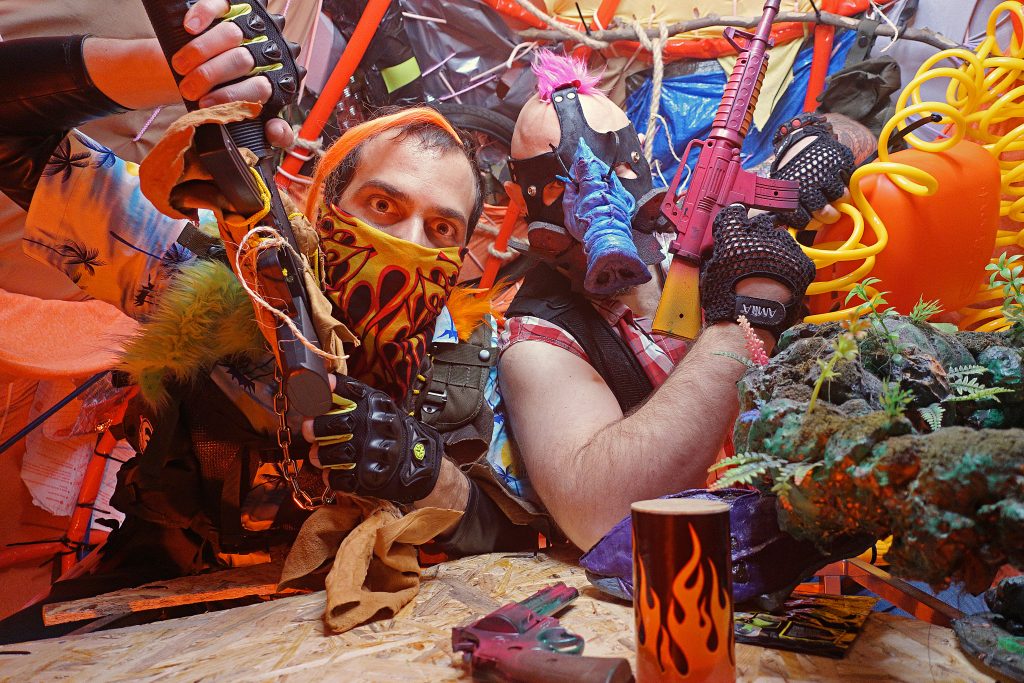
In 2021, Stafylakis presented Chloroquine Juggalo, a solo show at KEIV Athens. The show featured videos, social media posts, tiktok performances, amateur rap music, interviews, online cosplay, and sculptural installations that narrated his slow immersion into the culture of American Juggalos. Juggalos are followers of the ICP (Insane Clown Posse) rap duet and of other horrorcore bands. As sprouts of the American Rust Belt, Juggalos have developed a lasting culture of “scrubs”, In 2017, ICP and friends organized the Juggalo March in Washington DC to protest their criminalization by the FBI. Accidentally, Trump supporters were rallying at the same spot, on the same day. Clashes between juggalos and the alt-right were reported. Chloroquine Juggalo is the persona forged by Stafylakis to socialize online with the communities of this diverse and controversial American subculture. In Chloroquine Juggalo, Stafylakis “thinks with the Juggalos” to test the intersection between horror and politics. During the show’s opening at KEIV, Stafylakis performed Chloroquine Juggalo on the loose. He wore Exoskeleton III (a toxic spider headpiece) and raided the street of Athens terrorizing passersby and taxi drivers to vanish into the dark of the Athenian cityscape. An edited video of the performance was included in the Bless’ed Curse show by soloshow.online. Since October 2019 and throughout the lockdowns, Stafylakis was Artistic Director of ViZ Laboratory for Visual Culture, an initiative of Athens School of Fine Art’s Labs 11 & 12, powered by Onassis Foundation and the City of Athens Development and Destination Management Agency. He collaborated with guests and exhibiting artists such as Joseph DeLappe, Daniel Wetzel/Rimini Protokoll, Shana Moulton, Yvette Granata, NEOZOON, Giorgi Gago Gagoshidze, Jonas Staal, Rocio Boliver, Fuyuhiko Takata et.al. Stafylakis edited a record of ViZ’s activities, due to be published by the Onassis Foundation.
